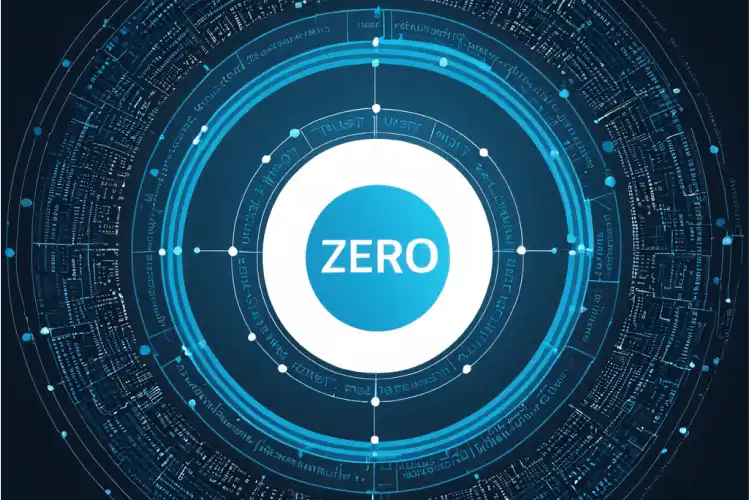Zero Trust Architecture

Zero Trust: Secure Agile Development

Zero Trust: Secure Agile Development
By making Zero Trust the linchpin of new application and solution development, enterprises can create a more secure, agile, and compliant IT environment that is better equipped to handle the evolving challenges of the digital world.
Adopting Zero Trust architecture as the foundation of new application and solution development is a strategic decision that infuses security into the development lifecycle from inception. This approach ensures that security is an integral component rather than an add-on, which is crucial in a landscape where breaches are both common and costly. Zero Trust aligns with agile methodologies, supporting rapid and secure deployment cycles by providing a framework that adapts quickly without compromising security..
Adopting Zero Trust architecture is the cornerstone of its new application and solution development for several strategic reasons
Incorporating Zero Trust inherently reduces the attack surface through stringent access controls and a policy that does not implicitly trust any entity, thereby bolstering the defenses of new applications against a multitude of threats. This architecture is particularly conducive to regulatory compliance and privacy protection, as it allows for strict control over access to sensitive data.
As enterprises pivot towards cloud-native applications, Zero Trust architecture offers robust security in environments devoid of traditional network perimeters, with remote and frequent resource access. The principle of continuous monitoring and validation inherent in Zero Trust ensures that applications require ongoing verification of all access requests, aligning with the dynamism of modern application environments.
Zero Trust facilitates microsegmentation, which enhances security within applications by isolating various components and preventing lateral movement of potential threats. This segmentation is critical in creating resilient applications capable of withstanding evolving cyber threats.
Furthermore, as enterprises increasingly integrate third-party services, Zero Trust mandates rigorous access controls and verification processes for all entities, ensuring a uniform security posture. By making Zero Trust the cornerstone of new developments, enterprises are better positioned to build a secure, agile, and compliant IT infrastructure ready to confront the digital challenges of the future.

